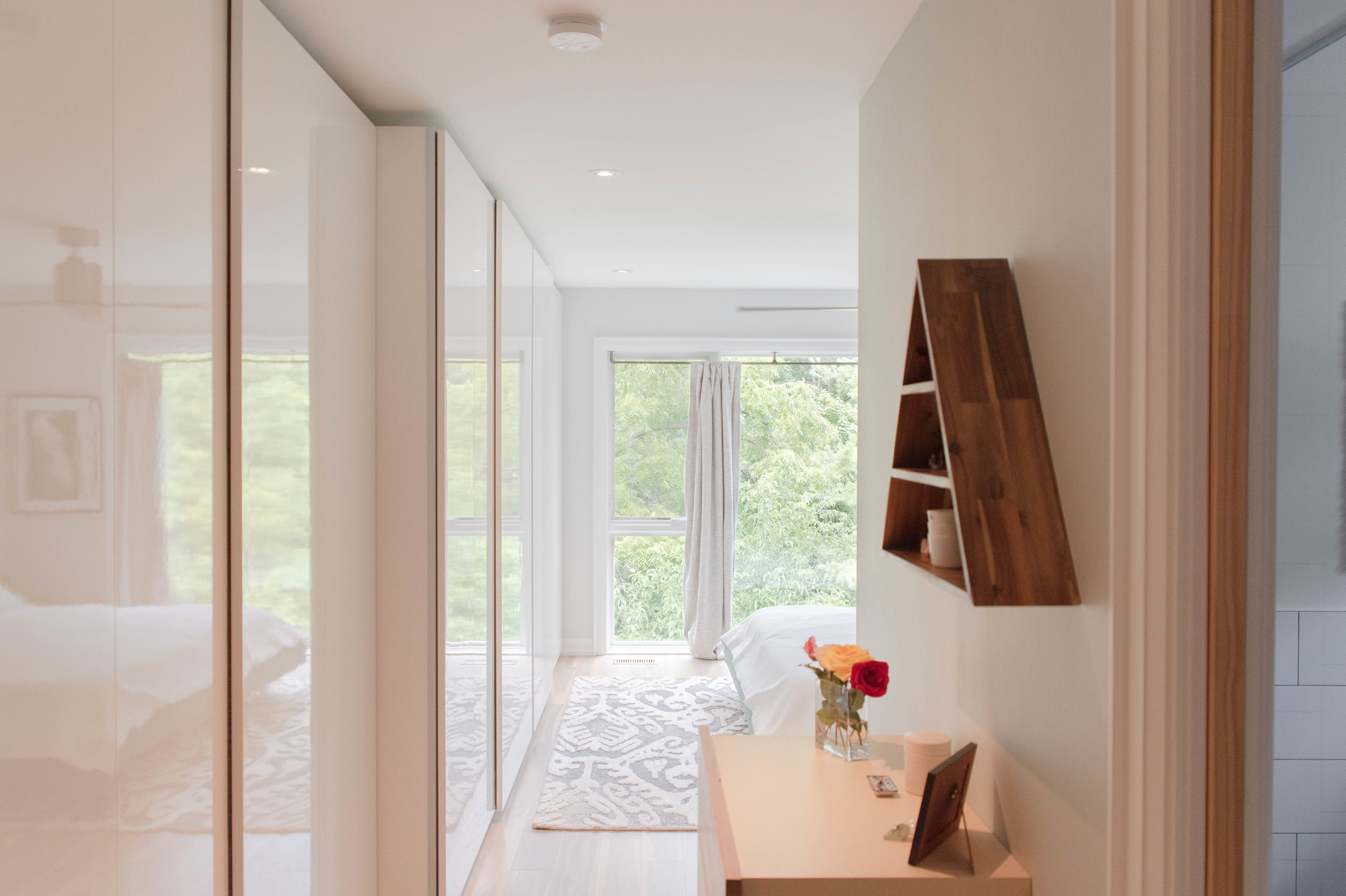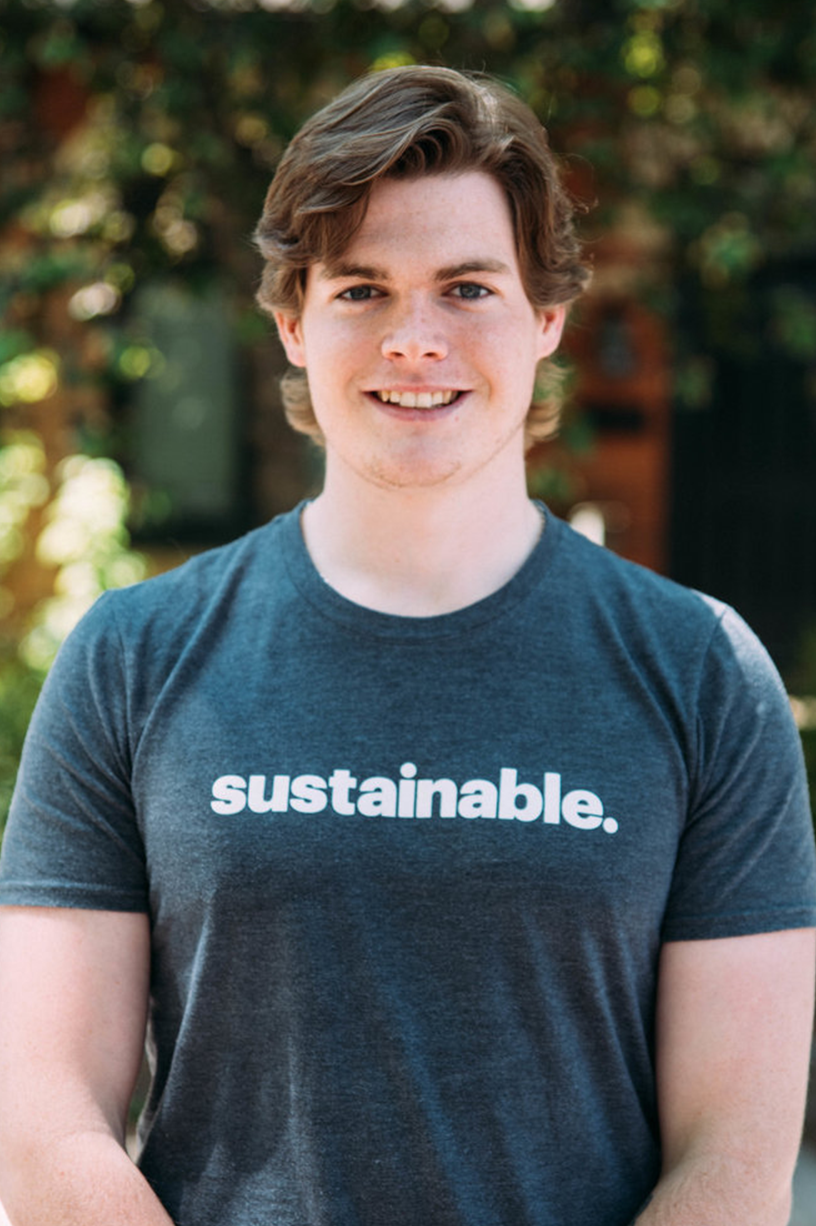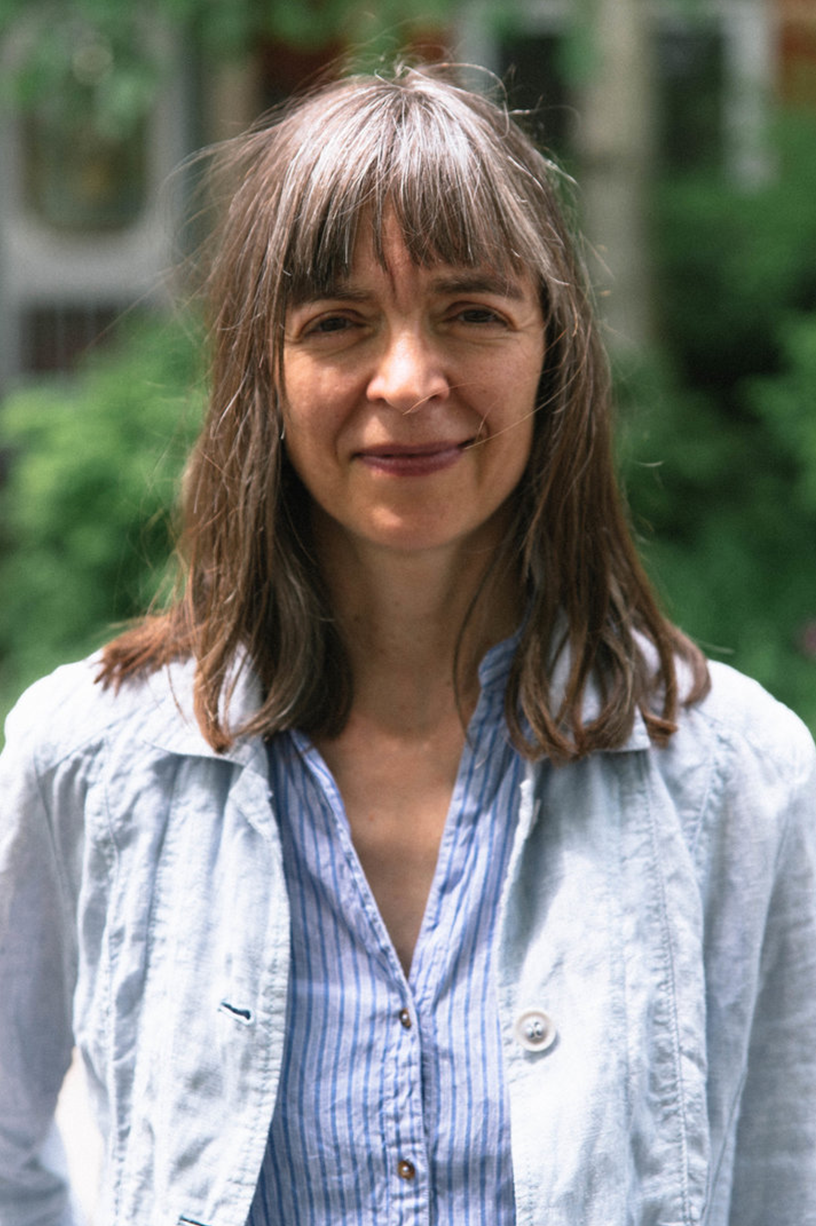
2020 Residential Handbook
Sustainable is founded on the principle that sustainable design and construction is an essential step towards a healthy future for all. We thank you for your commitment to building or renovating your home with personal and ecological health in mind, and look forward to creating something incredible with you.
People spend 70% of their time indoors, at home, and a significant amount of money on home maintenance and operating costs.
Sustainable helps you to achieve your new home or home renovation goals with healthy, environmentally friendly, and cost-effective design strategies that focus on people, planet, and prosperity.
Sustainable works closely with you to define your needs, wishes, and sustainability targets before crafting a design that satisfies both your functional and aesthetic preferences.
Sustainable’s evidence-based, building-science-led approach ensures that our design process delivers a comfortable, durable, and beautiful home that can be enjoyed for generations to come.
Contents.
Meet the team.
We are leaders in pragmatic sustainability, showing that “simple is the new smart.”
Our approach to energy.
The Trias Energetica
The most sustainable energy is saved energy - the energy that you don’t use. Start by providing the most positive impact, for the least cost.
1
Reduce
Reduce the energy demand of your home by focusing on air-tightnessand insulation. These two strategies have the lowest cost and highest impact on efficiency.
2
Reuse
Reuse nature’s energy through passive strategies. In the winter we capture sun for heat while in the summer we shade it to keep your home cool. Natural breezes are used for summer cooling and ventilation.
3
Recycle
Recycle nature’s energy through active strategies such as solar panels to convert the sun’s energy into electricity and hot water, wind turbines to convert wind energy into electricity, and geo-exchange to use the earth as a heat battery.
These strategies are in the order of ‘best value’, balancing cost and impact. As the Recycle strategy is the most costly with the lowest impact on efficiency, Sustainable prioritizes Reduce and Reuse before Recycle.
FAQs
What does Sustainable do differently?
Sustainable designs with your health in mind. We prefer to use natural and toxin-free materials for the construction and finishing of your home, resulting in higher indoor air quality. We focus on passive design strategies to capture available daylighting, regulate solar heat gain, and promote natural ventilation. At Sustainable, we use our knowledge of building science to design for durability and performance by specifying the right amount of the right material in the right place.
What does a building scientist do?
A building scientist understands the physical behavior of the building as a system and how this impacts energy efficiency, durability, comfort, and indoor air quality. Building science is essential. Sustainable’s building science team uses energy modeling, hygrothermal analysis, and on-site quality assurance to deliver comfortable and high-performance buildings.
Why should I build green?
Building green means building better with improved building enclosures, high quality materials, and efficient mechanical systems, which all lead to improved occupant comfort and energy efficiency. Indoor air quality, acoustics, and daylighting are better in green buildings. These buildings make for healthier places to live, learn, work, and play.
Does sustainable architecture fit my style?
Sustainable can work with every style of architecture: from traditional, to modern, and everything in between.
I have a limited budget. Can I afford to build green?
Yes. Building green means choosing to spend your money wisely, not simply choosing to spend more money. Sustainable works with you to determine the scale and scope of your project to ensure that it fits within your budget. We propose strategic upgrades to conventional construction methods that result in an energy-efficient, healthier, and more comfortable home that saves you money in the long run. For example, improved air-tightness and insulation will reduce the heating and cooling demands of your home, which in turn can reduce the size of the heating and cooling system, as well as the cost to run the systems over the lifetime of your home.
Are green incentives and government rebates available?
Sustainable understands that the initial cost of renovating or building a new home can be a hurdle to success. There are several municipal, provincial, federal, and utility-based programs available in the GTA that can help. We keep a list of incentives and programs for financing green renovation and new construction. Speak to our building science team for more information, as these programs change from time to time.
Project stages.
1
Discovery
• Exploration to define scope and goals
• Initial concept
• Feasibility studies, budget, timeline
• Existing site analysis, documentation, applicable by-laws
• Coordination of additional site studies (survey, geotechnical report, sun studies, traffic, etc.)
• Design research
2
Schematic Design
• Development of Pre-Design information into drawings
• Preliminary energy model and performance strategy
• Costing exercise to align project to budget goals
• Selection of builder**
• Approved SD drawings submitted for municipal review
3
Design Development
• Development of SD drawings into further detail
• Preliminary selection of materials
• Preliminary detail selection and development
• Energy Modelling Report
• Detailed costing/budget review**
• Approved DD drawings submitted for building permit
4
Construction Documents
• Development of DD drawings into further detail
• Project specifications
• Final material selections
• Details suitable for construction, reviewed with builder
• Final costing/budget to approve for building**
5
Contruction
• Contract Administration
• Regular review and documentation of construction progress
• Interpretation of details for builder
• Review of requested alterations or substitutions
• Blower door testing
“Our contractor worked well with Paul and his team and often commented that the architectural drawings were excellent and easy to follow.”
Project budget.
One of the first questions we get asked is, “How much will it cost to build what we have in mind?” That’s a difficult question to answer, but we’ll be as transpartent as possible.
Budgeting the costs of Design and Construction is an important first step to help you to avoid surprises and frustration. Please share with us your budgetary goals and constraints. Only with full knowledge of your budget can we design within your constraints and allocate your project money wisely.
Sustainable can develop estimates in order to get the design into the right ballpark, but we rely on Contractors to provide the actual construction cost. The architect, client, and contractor best work together to arrive at a construction cost that works for the client.
The total funds available for your project determines what size of building we can potentially construct new, or renovate or add to. When considering building new versus renovating/adding, costs per square foot tend to be similar. For a renovation or addition, savings are realized through lower material costs. However, there are increased labour costs to work around existing elements, to maintain existing features, and to improve the building envelope. In the end, the cost-per-square-foot is about the same as for new construction.
Every project is different, especially for renovations or additions, where reuse of the existing building comes into play. The list on the right is a good starting point for typical new-build and for renovation or addition projects.
Your total Project Cost is made up of:
1. Cost of Construction to build your home
2. Recommended Contingency;
3. Architect’s Fees & Expenses;
4. Engineers, Specialty Consultants & Permit Fees;
5. Additional Fees as Required (e.g. Development Charges);
6. HST
“Sustainable remained very conscious of our overall budget throughout the process. The importance of that cannot be overstated”
The first step
Sustainable’s job is to make a space that is perfect for you, and which doesn’t cost more than you want to spend. Although it will take effort on all sides, it should also be fun and extremely rewarding–especially for you!
As we progress through the design process you will learn about many different options that you have for each area of your home. Each project is different, and some of the techniques and approaches we talk about are appropriate and possible for some clients, sites, budgets and projects – yet not for others.
Your responses to the following Things to Consider will serve as an initial guide for Sustainable to create a design that is right for you. It will also be an opportunity for you to start, (or to further develop), your thinking about your goals and priorities, which will make it easier for you to make the many decisions required as we go along.
Once Sustainable has a good understanding of your desires for your home, Sustainable will draft a proposal outlining our fees for services specific to your project’s needs. Our services are performed in parallel with the municipal approval process.
Things to consider
What does a typical day in your current house look like?
What lifestyle do you envision in your new home?
Which architectural styles do you like?
What type of spaces and houses inspire you?
How many people will be living in this space?
Do you frequently host gatherings of friends and family?
What is your overall budget?
Is it important to meet LEED or Passive House standards?
If yes, then is it important to obtain official certification?
What about building sustainably, concerns you the most?
Get inspired
Before our first kick-off meeting, please take some time to collect some visual inspiration below that you can share with your Sustainable team.




















